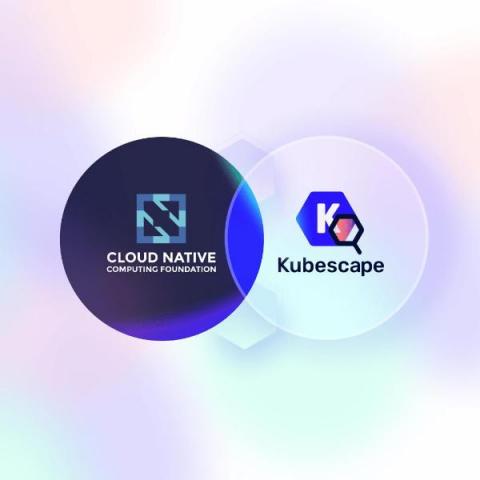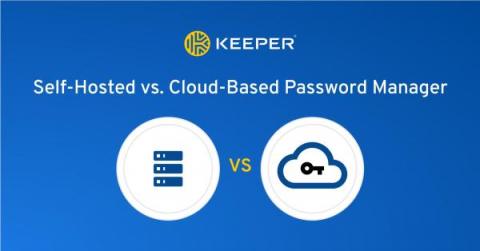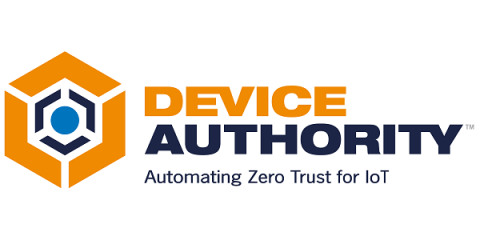Security | Threat Detection | Cyberattacks | DevSecOps | Compliance
Technology
OSPO security evolution: The Kübler-Ross Model of open source
What’s in an OSPO? Open Source Program Offices are popping up all over, in recognition of the facts on the ground: open source software (and I would argue open standards as well) plays an enormous role in building and maintaining the software that increasingly drives the planet.
Improve your AWS security posture, Step 2: Avoid direct internet access to AWS resources
In the first blog in this series, we discussed setting up IAM properly. Now we’re moving on to the second step, avoiding direct internet access to AWS resources. When AWS resources like EC2 instances or S3 buckets are directly accessible via the Internet, they are vulnerable to attack. For example, brute force attacks on SSH login, denial of service (DOS) attacks on server resources via Layer 3, 4, or 7 flooding, or the inadvertent disclosure of data on an S3 bucket.
Self-Hosted vs. Cloud-Based Password Manager
A few customers have asked about the pros and cons of a self-hosted password management solution, such as Bitwarden. Since I have a lot of experience with this topic, I thought I would share some of the key reasons to use a cloud-based password manager like Keeper, instead of a self-hosted password vault.
Tigera 2023 predictions: Cloud native security and the shifting landscape in 2023
Cloud computing and the use of cloud native architectures enable unparalleled performance, flexibility, and velocity. The speed of innovation has driven significant advancements across industries, but as digitalization continues pushing applications and services to the cloud, bad actors’ intrusion techniques have also become more sophisticated.
7 AWS Security Tools for 2023
AWS (Amazon Web Services) allows businesses to quickly and securely build and scale applications. Hence, there is exponential growth in AWS usage among businesses and organizations. For example, As of 2020, AWS held 76% of enterprise cloud usage, reflecting the power and importance AWS holds. This increased use of AWS tools and services opens new doors for cyber attackers. However, AWS is a very reliable cloud service provider that works hard to ensure protection over its infrastructure.
Cloud Asset Inventory and Visualization
AWS hit by Largest Reported DDoS Attack of 2.3 Tbps
What is Kubernetes (K8s)?
10 of the Most Common IoT Hacks and How to Defend Against Them
The Internet of Things (IoT) has revolutionised the way we live and work, connecting devices and systems to the internet and each other to create a more efficient and interconnected world. However, as with any new technology, the IoT comes with its own set of security risks and vulnerabilities. In this blog, we will look at the 10 most common IoT hacks and how to defend against them.











